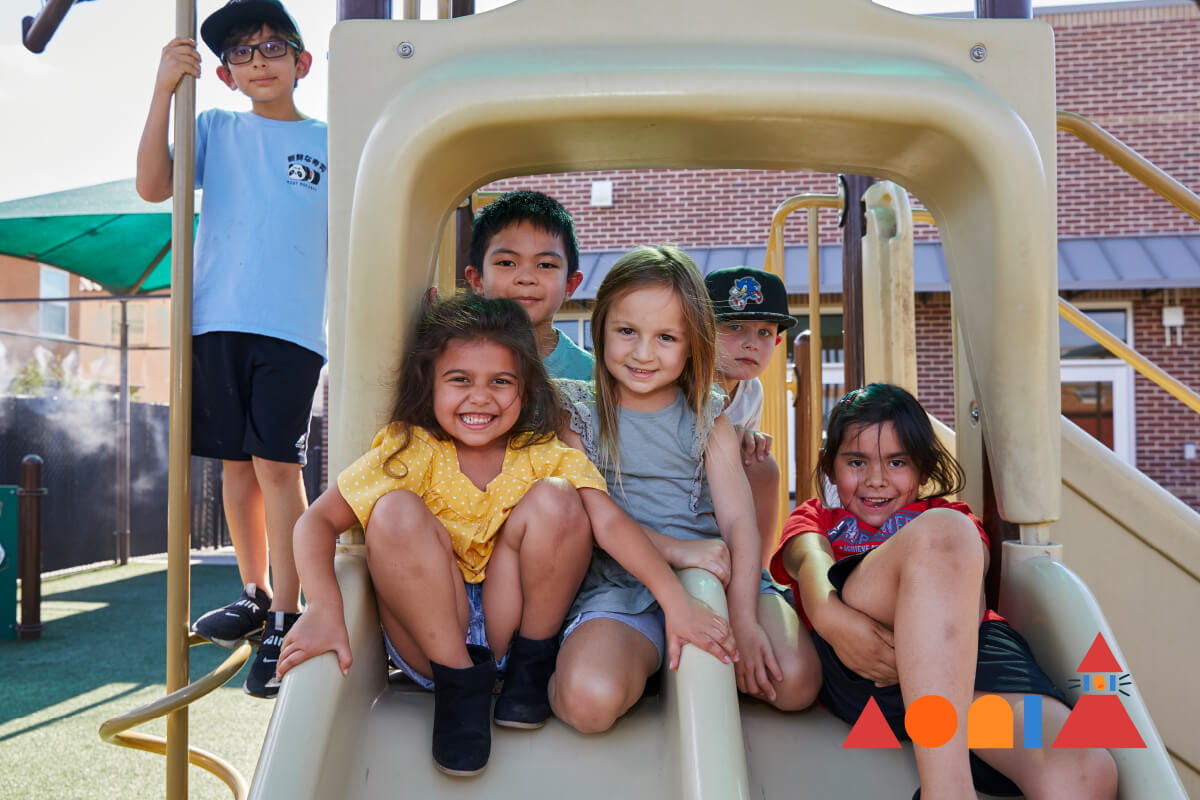How to Teach Children Emotional Literacy

Think back to when you were learning to drive a car. It wasn’t an easy process at first. Phrases like “Keep your hands at 10 and 2!” probably didn’t mean much to you. But the more opportunity you had to practice, the more skilled you became. You most likely startled your instructor a few times, but they stuck with you until you were confident driving on your own. Likewise, when not-so-desirable behavior occurs, it’s important to recognize children as learners who need support developing new skills—especially when it comes to their emotions.
What is emotional literacy?
How to encourage emotional literacy
Books for teaching emotional literacy
- “Mouse Was Mad” by Linda Urban (ages 2–5)
- “Hands Are Not for Hitting” by Martine Agassi (ages 2–8)
- “When Sophie Gets Angry—Really, Really Angry” by Molly Bang (ages 3–7)
- “Sometimes I’m Bombaloo” by Rachel Vail (ages 3–8)
- “Words Are Not for Hurting” by Elizabeth Verdick (ages 4–7)
- “Alexander and the Terrible, Horrible, No Good, Very Bad Day” by Judith Viorst (ages 4–8)




